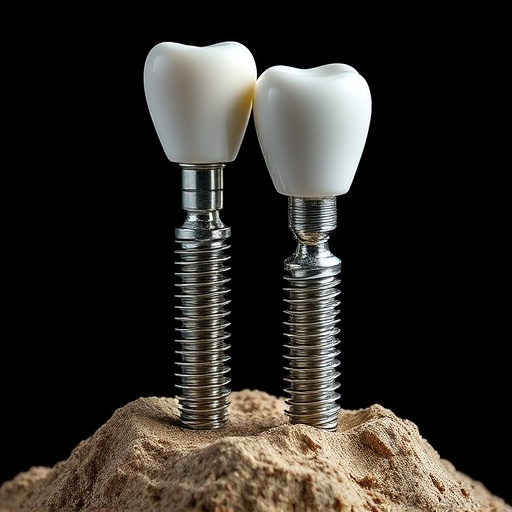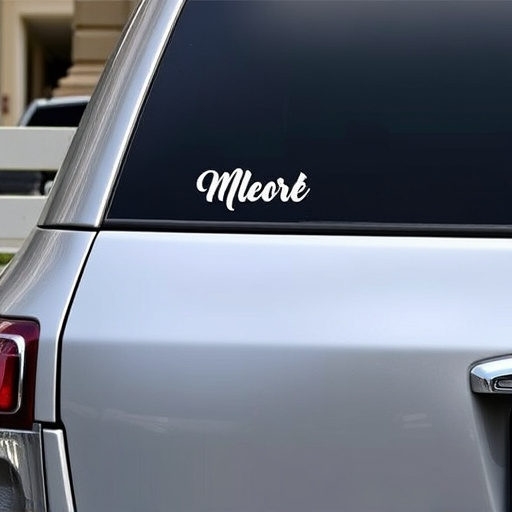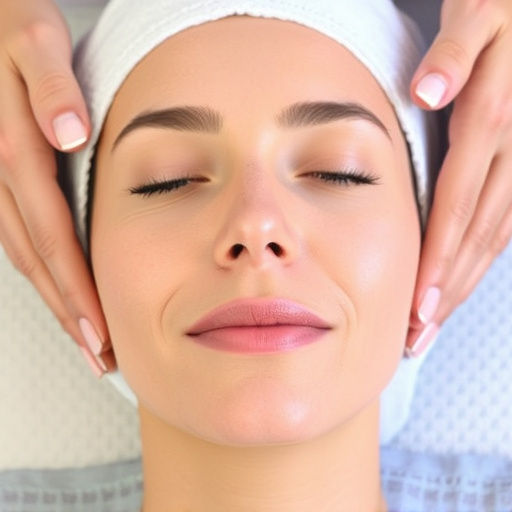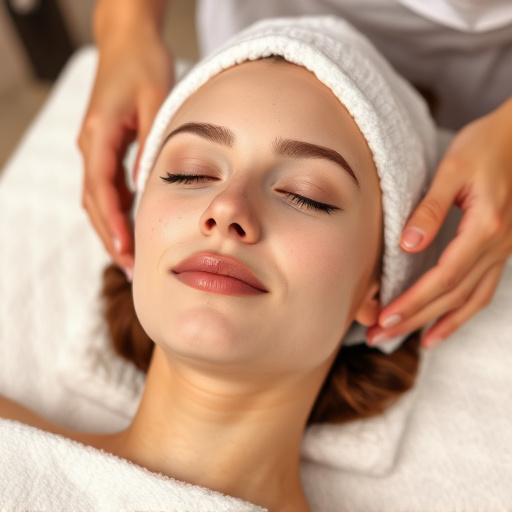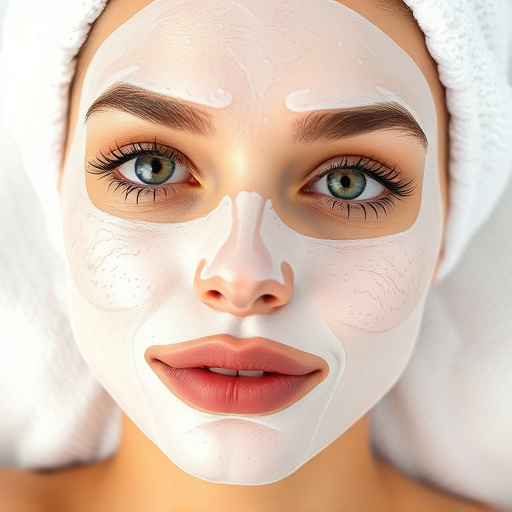Understanding your hair growth cycle (anagen, catagen, telogen) is key for effective upper lip hair removal. Schedule treatments during the active growth phase (anagen) every 3-4 weeks for smoother results, avoiding ingrown hairs and irritation. Combine with skin tightening or brightening for enhanced aesthetics. Personalized skincare routines and regular exfoliation improve outcomes. Consistency is vital for achieving and maintaining smooth, silky upper lips.
“Unwanted upper lip hair can be a persistent concern, but finding the perfect timing for hair removal can significantly enhance your results. This article guides you through understanding the science behind hair growth cycles and how they dictate the optimal frequency of upper lip hair removal. We’ll explore various factors influencing your personal rhythm and provide valuable tips to establish a consistent routine. Discover the secrets to achieving smooth, confident skin above the lips.”
- Understanding Your Hair Growth Cycle for Optimal Timing
- Factors Influencing the Frequency of Upper Lip Hair Removal
- Tips for Consistent and Effective Hair Removal Routine
Understanding Your Hair Growth Cycle for Optimal Timing
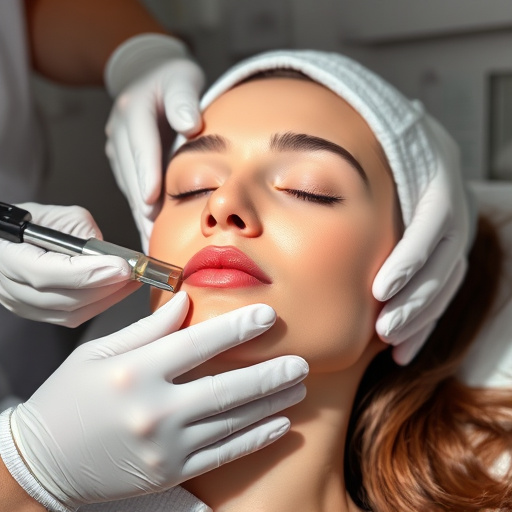
Understanding your hair growth cycle is key to determining the optimal timing for upper lip hair removal. Hair on the face follows a distinct pattern, typically growing in phases. The anagen phase is the active growth period, during which hair follicles are engaged and new hair is produced. This phase usually lasts between 2-7 years, varying from person to person. After this, the catagen phase kicks in, a transitional stage that lasts around 2-3 weeks where hair stops growing and the follicle begins to shrink. Then comes the telogen phase, also known as the resting phase, lasting approximately 3 months. During this time, old hairs shed naturally while new ones are developing below the surface.
Knowing these cycles allows you to time your upper lip hair removal sessions effectively. If you remove hair during the catagen or telogen phases, it can result in ingrown hairs and irritation. Instead, aim for regular appointments during the anagen phase when follicles are most active. This ensures a smoother, longer-lasting result. Additionally, combining upper lip hair removal with other aesthetic treatments like skin tightening or skin brightening can enhance your overall look and feel, providing a more polished and confident appearance.
Factors Influencing the Frequency of Upper Lip Hair Removal
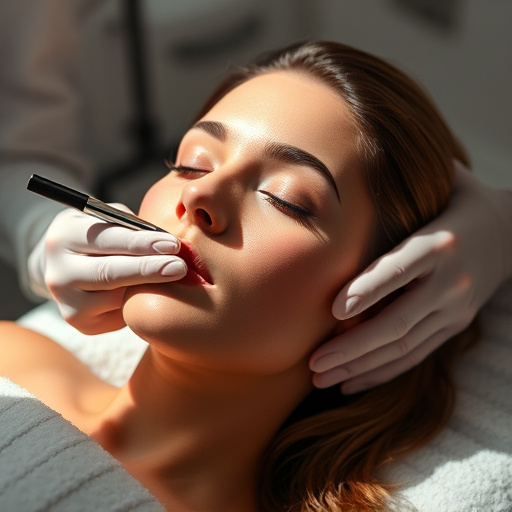
The frequency of upper lip hair removal depends on several factors that contribute to individual needs and preferences. One primary influence is personal preference; some individuals opt for regular removal to maintain a smooth, hair-free look, while others may choose sporadic sessions based on their comfort level and lifestyle.
Another significant factor is skin health and the overall state of your upper lip area. Sensitive skin or certain medical conditions might require more frequent treatments to prevent irritation or ingrown hairs. Moreover, personalized skincare routines play a crucial role; dedicated skincare products aimed at depigmentation and hair reduction can complement hair removal sessions, leading to longer-lasting results and improved skin rejuvenation.
Tips for Consistent and Effective Hair Removal Routine
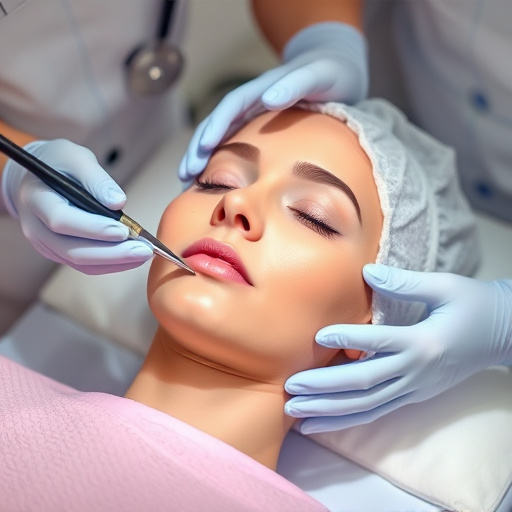
Maintaining a consistent upper lip hair removal routine is key to achieving smooth and silky results. Start by understanding your hair growth cycle, which typically follows a 3-stage pattern: anagen (active growth), catagen (transition phase), and telogen (resting stage). During the anagen phase, which lasts for about 2-7 years, hairs grow at their fastest rate. This is when you’ll see the most significant results from hair removal treatments like waxing or threading. Aim to target this phase regularly for optimal effectiveness.
For a consistent routine, schedule upper lip hair removal every 3-4 weeks. This interval allows enough time for hairs to reach the anagen stage again, ensuring a more prolonged and smoother result. Incorporate exfoliation before each session to remove dead skin cells, enhancing product penetration. Additionally, consider incorporating microneedling therapy or aesthetic treatments like laser hair removal for longer-lasting solutions, as these can disrupt the hair growth cycle, reducing the frequency of future sessions. Remember, consistency is crucial for achieving and maintaining a smooth upper lip, so create a schedule that works for you and stick to it!
When it comes to upper lip hair removal, understanding your hair growth cycle is key. Typically, hairs take around 3-4 weeks to grow, making monthly sessions ideal for maintaining smoothness. However, factors like hormonal changes and skin sensitivity can influence frequency. To establish a consistent routine, consider combining methods like waxing, threading, or laser treatments, allowing for a tailored approach to your needs. Regular care ensures not only a smooth upper lip but also prevents coarse, rapid hair growth.


